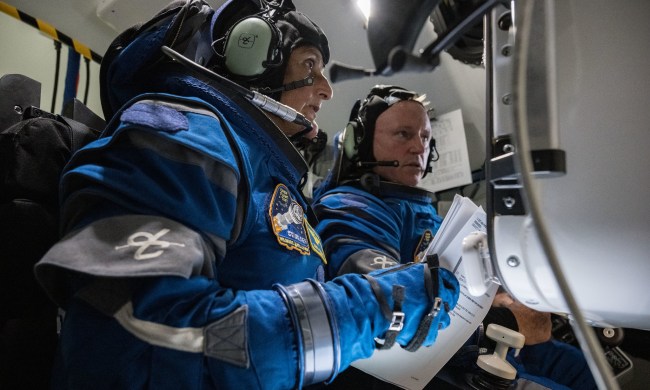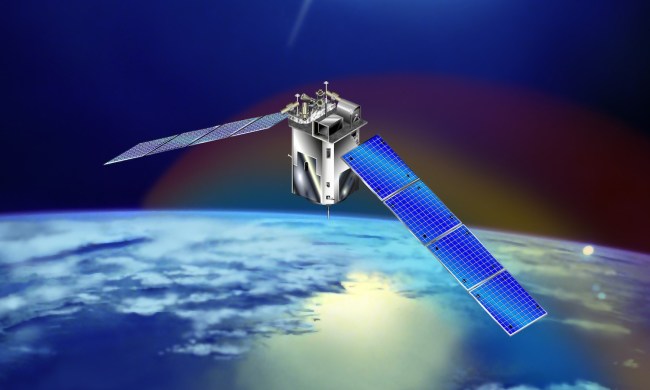NASA has launched its first mission to survey fresh water systems from a global perspective. The Surface Water and Ocean Topography (SWOT) mission launched from Space Launch Complex 4E at Vandenberg Space Force Base in California on Friday, December 16 at 3:46 a.m. PT. The SWOT spacecraft was launched using a SpaceX Falcon 9 rocket.
The mission aims to observe not only the oceans but also fresh water systems such as lakes and rivers, making it the first mission to do so from space. The intention is for the mission to study the flow of water between these systems and the ocean and to observe the depth of water to get a more complete picture of the flow of water across the planet.

Understanding the flow of water across the globe is important for understanding the effects of climate change and for monitoring climate change more closely.
“Warming seas, extreme weather, more severe wildfires – these are only some of the consequences humanity is facing due to climate change,” said NASA Administrator Bill Nelson in a statement. “The climate crisis requires an all-hands-on-deck approach, and SWOT is the realization of a long-standing international partnership that will ultimately better equip communities so that they can face these challenges.”
SWOT will be able to survey freshwater systems over more than 90% of the Earth’s surface, covering the global area at least once every 21 days. It will use a radar-based instrument called a Ka-band radar interferometer, or KaRIn, to observe large areas of the surface at once. Being able to observe large swaths of the surface at a higher resolution enables more accurate monitoring of freshwater systems.
“We’re eager to see SWOT in action,” said Karen St. Germain, NASA Earth Science Division director. “This satellite embodies how we are improving life on Earth through science and technological innovations. The data that innovation will provide is essential to better understanding how Earth’s air, water, and ecosystems interact – and how people can thrive on our changing planet.”




